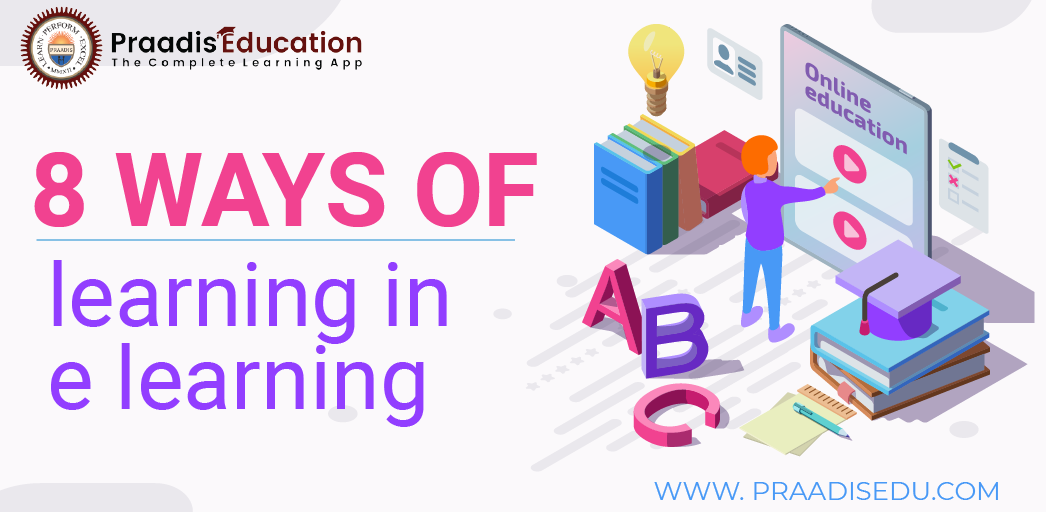With the Revolution in the online industry, many platforms & businesses had initiated toward this industry. It can be understood by the fact that Google had got 25x of search results in March 2021 compared with march 2014.
With the growing competition in the ELearning industry, there is an issue of learner’s satisfaction which is in the vision of educators these days.
Despite various platforms, the satisfaction of customers is somewhat which is still a major issue that remains unsolved after spending millions on R&D.
Many customers faced so many issues from the eLearning platform that they are now preferring offline classes, knowing the fact that this is the future.
ways to improve Learning in ELearning
EdTech not only expands, accelerates, and strengthens the impact of effective teaching practices, but also includes the simple use of computers to teach everyday subjects in primary schools.
Through this post, we are aiming to solve the issues you are facing with the eLearning platform. All the tips are tried & firstly applied to our testers before putting this in front of you.
- User-Friendly or Satisfying Content: Whether it's Show or EdTech, Content is a Kingdom in itself. Organizations are using new marketing strategies to attract new customers without realizing that they are losing their acquired Customers.
Putting Profits into marketing Instead of Content is where the mind-set lacks. The advantages and innovative concepts can be used to improve the learning process of students.
- Learning efficiency:The learning process becomes better with less effort and time. Here are some ideas for formulating an effective approach to increasing productivity and efficiency.
This approach will guide aspects of online education - curriculum, theory, practice, teaching, administration, technology - and institution culture that will have a positive impact on the overall learning method.
- Best Educators & Mentors: With the shift to online education, the presence of qualified teachers is proving crucial. Regardless of how advanced or unique an eLearning system is, it is supported by a team of qualified and competent teachers who create courses to the needs of each student. These courses consist of a disciplined schedule, a well-thought-out curriculum, and the associated elements to make the learning process as seamless as possible.
-
Adapting New Technology in Content (Virtual Reality & 3D Videos): Virtual reality (VR) is a new technology that is conquering the world of aging at an incredible rate. The main reason for this is that VR education is based on how the human brain works.
The average brain can remember 10% of what a student has read, 20% of what he has heard, and 90% of what he does when stimulated. For students with disabilities, VR can be a hidden blessing.
With VR, students get to places that are inaccessible or far away, giving them a sense of presence. While VR courses can focus on history or science courses, the fact remains that VR can be adapted to any subject or topic, ensuring endless possibilities.
About 3D it is not “the Future”, it is present the major application of 3D videos in Education is to Teach complex subjects easily & efficiently.
- Highly Gracing Video Content: Video should never be overlooked because it is an asset for teachers, students, and educational institutions. Digital videos are extremely popular, and their integration into the learning process has a versatile and practical impact on education.
The student could hear and observe and analyse the different concepts in the same way as daily encounters. The learner is supported in the learning process, especially in complex topics that require greater understanding.
Video is one of the most amazing on-the-go resources to watch. When students have access to the Internet, they can watch and learn on a variety of devices such as smartphones, tablets, and laptops.
The content should be according to that where everything is suitable, such as Smartboard Vide & Classroom Videos.
-
Results-based evaluation: It plays a major role in this. We know that traditional diploma and professional courses evaluate students "knowledge by evaluation, and it is through competition and evaluation that students receive certificates and recognition.
Most online courses lack results-based assessments, and if students do not achieve good results, they will have to repeat the course or return to the same curriculum, and chances are they will end up achieving similar results, and this cycle can be broken with results-based assessments.
The analysis of the area where students do not perform well and the provision of a simple, step-by-step learning program followed by a test can help students. Instead of waiting and not achieving the expected score.
-
Include Self-Assessment - Sophisticated online education products offer self-determined learning. The curriculum for traditional and web-based products is linear and does not allow students to make decisions about the curriculum.
Students slow down when they learn a new concept because they want more hands-on time, or accelerate once they become familiar with a topic and master it. Online learning is more confident than ever.
-
Online Education Role
Generation X is coming to the point where technology and AI are changing the role of teachers. Teachers today are more than content providers, and their role is changing, but never abolished.
CONCLUSION
Every year, students can retrieve essays, reports, class notes, tests, etc. The digital age has brought students to the point where they can copy and paste from far-flung places and hire someone else to do their jobs. This perpetuates plagiarism, as students will find ways to cheat by copying.
The fusion of multimedia, gamification, learning apps, and peer-to-peer learning platforms makes content more immersive, but also keeps students engaged.
There is no silver bullet against the problem of educational technology, but the use of technology can enable teachers and students to create personalized, accessible, and creative learning experiences. With EdTech, both teachers and students can benefit from tailor-made teaching and learning.
